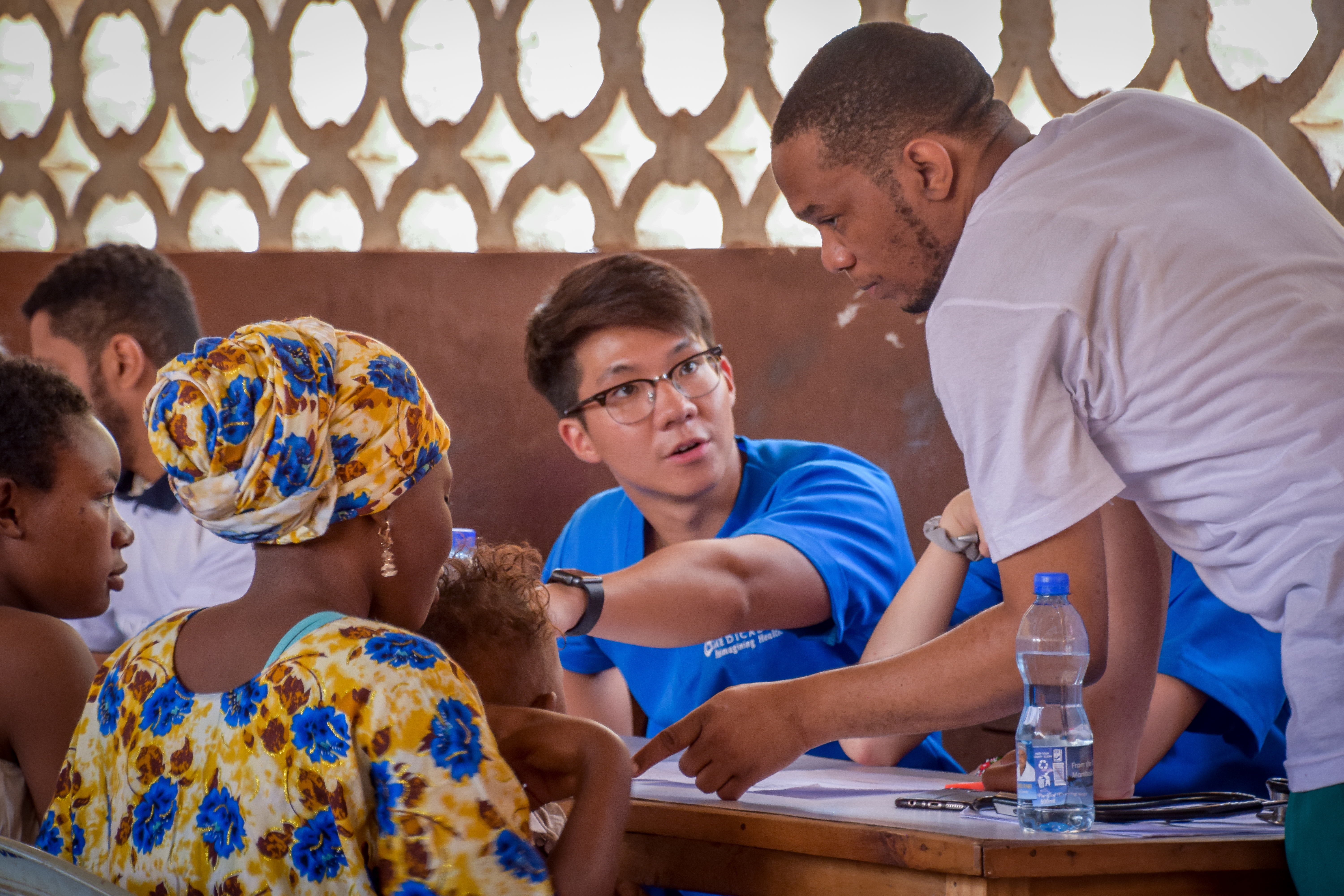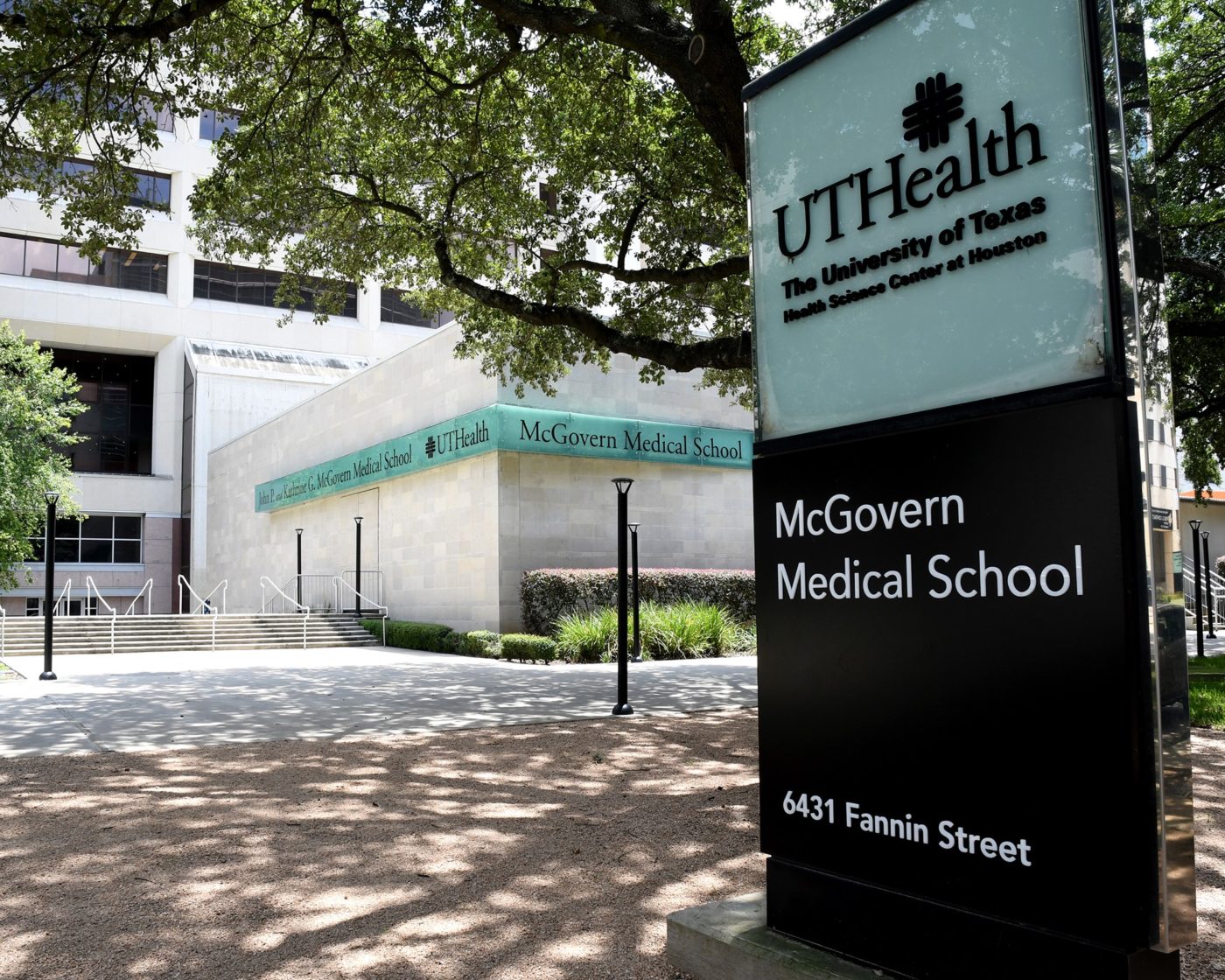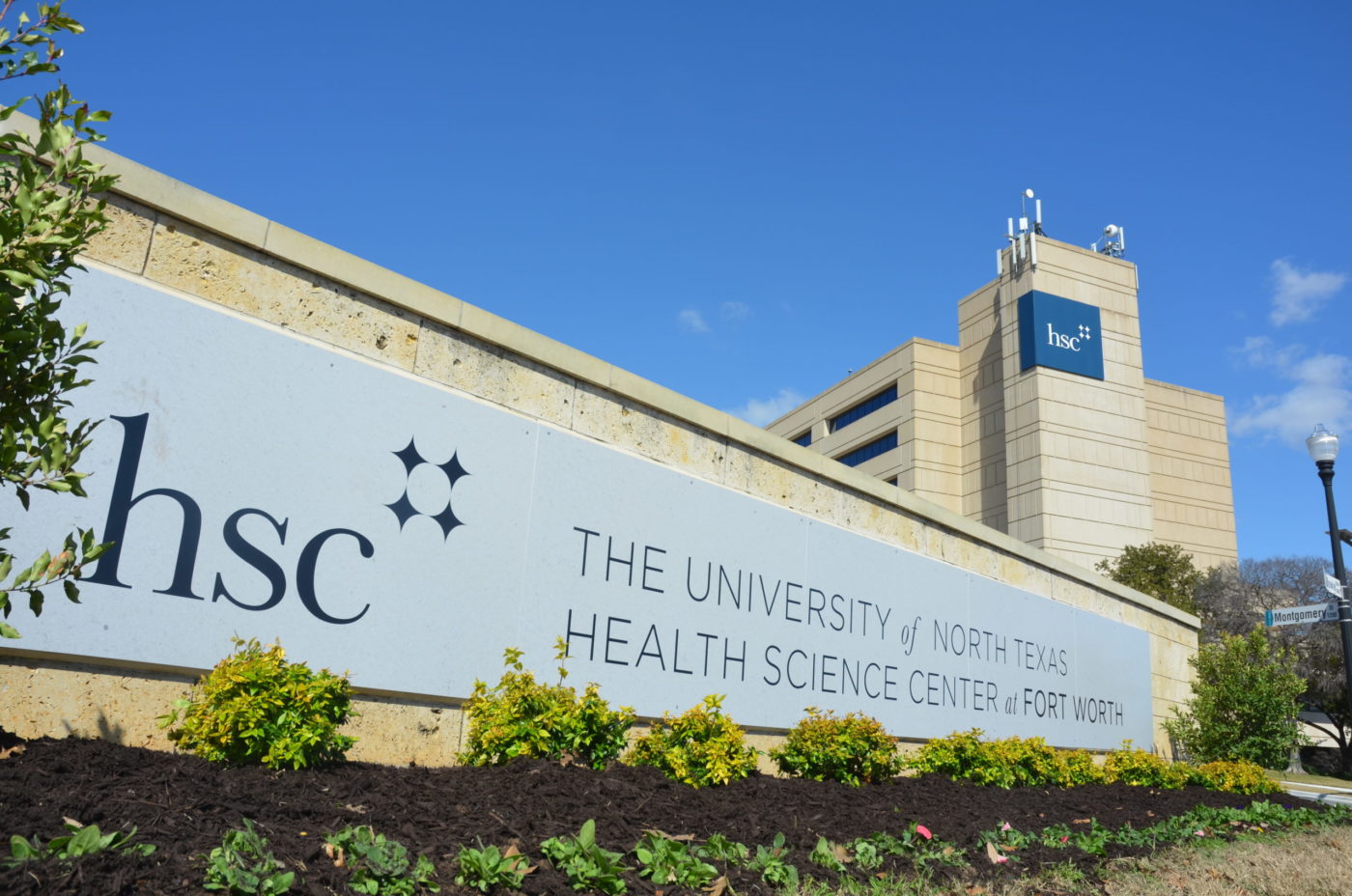Founded in 2013, the University of Texas Rio Grande Valley School of Medicine is accredited through the Southern Association of Colleges and Schools Commission on Colleges (SACSCOC). The school also has provisional credit through the Liaison Committee on Medical Education (LCME).
The school might be relatively new, but they’re not slacking when it comes to what they offer students. They’re ranked as #4 for Best Colleges in Texas by BestColleges.com and #3 for Most Affordable Schools by BestValueSchools.com. Both of those rankings were from 2018, when the school was just five years old.
In today’s definitive guide to getting into medical school, we’re covering UTRGV School of Medicine. As part of our medical school admissions consulting and pre-med advising, we provide these guides to help you navigate the admissions process. Each school has different guidelines and expectations for candidates.
You might not qualify for some schools, while you might be a stellar applicant at others. We create these guides to help you figure out where you want to attend medical school. We regularly update our blog, so check back frequently to see what schools we’ve added to the list. And don’t hesitate to check out our pre-med advising.
Today, we’re going to look at UTRGV School of Medicine’s curriculum; its requirements and expectations for candidates; its class profile; its secondary essay questions; and the interview process. It might seem like a lot, but that’s why we’re breaking it down. By the time you finish reading this guide, you should have a fairly good idea of whether the University of Texas Rio Grande Valley School of Medicine is a good fit for you.
Let’s dive in!
Medical Programs at UTRGV School of Medicine
The University of Texas Rio Grande Valley School of Medicine calls itself “forward thinking.” The school expects students to possess the following attributes:
- Treating patients using medicine that has been proven effective through careful scientific research
- Practicing health care that’s based on the community’s needs
- Advocating for patients
- Collaborating with colleagues
- Ethically and professional interacting with others and treating patients
- Learning and solving problems daily with a constant desire to improve
If you believe you have these skillsets, then UTRGV School of Medicine is looking for you. Let’s take a look at the MD program curriculum. This will help you decide if UTRGV is right for you.
Pre-Clerkship Curriculum
The pre-clerkship curriculum lasts for 21 months. It begins immediately and continues into your second year of training. You’ll be taught the following:
- Problem-based learning – You’ll work in small groups with a faculty supervisor where you’ll discuss what you need to learn. You’ll identify research topics and discuss what you’ve learned with other members in your small group. This method is critical for learning how to resolve a clinical case.
- Self-directed learning – You’ll use numerous resources and participate in activities that will help you learn curriculum and other materials on your own.
- Team-based learning – You’ll follow the steps from “self-directed learning” here as well, only at a team level
- Interactive learning – You’ll learn with plastinates, mannequins and standardized patients. It’s the kind of real-world experience you need to succeed.
- These are the classes you’ll take:
– Molecules to Medicine (9 weeks)
– Attack & Defense (9 weeks)
– Cardiovascular and Respiratory (11 weeks)
– Renal & Male Reproduction (6 weeks)
– Musculoskeletal & Dermatology (6 weeks)
– Mind, Brain and Behavior (9 weeks)
– Digestive Health and Nutrition (7 weeks)
– Endocrine and Female Reproduction (7 weeks)
– Health Systems Science Longitudinal Module
– Language of Medicine Longitudinal Module
– Clinical Skills Longitudinal Module
Clerkships
Once you’ve completed the first two years of your medical training, you’ll move on to the Clerkship phase. You’ll take what you’ve learned in classroom settings and apply it to real-world situations with patients who are sick and need your care. The Clerkship phase lasts for 50 weeks.
- Clinical Foundations & Procedural Skills (1 week)
- Family Medicine (4 weeks)
- Internal Medicine (8 weeks)
- OB/GYN (8 weeks)
- Pediatrics (8 weeks)
- Psychiatry (8 weeks)
- Surgery (8 weeks)
- Elective (4 weeks)
- Clinical Performance Exam Week (1 week)
Sub-internships, Selectives, Electives
Your fourth (and final) year in the UTRGV School of Medicine will be spent fulfilling sub-internship, selective and elective requirements. You’ll go through four different blocks, with each block lasting for 11 weeks. You’ll spend a total of 44 weeks in Year 4.
- Sub-Internships (8 weeks): You must have two sub-internships, with each one lasting for a month. Sub-internships are designed to help you pick your medical career. You can choose from:
– Psychiatry
– Pediatrics
– Family Medicine
– Internal Medicine
– OB/GYN
– Surgery - Selectives (4 weeks): Your selective is a clinical rotation. You just need one that lasts for 4 weeks.
- Electives (28 weeks): You’ll have the opportunity to do “away rotations.” Electives are unlike sub-internships and selectives that must be taken at UTRGV or one of its affiliated campuses. You can go anywhere that UTRGV approves and participate in various areas of medicine.
- Readiness for Residency (3-5 weeks): This course is essential to preparing you for Residency, which is the next step after graduation.
- Graduation Week (1 week): During this time, you’ll ensure that you’ve met all the requirements necessary to graduate from UTRGV School of Medicine and go on to your residency.
The MD program at the University of Texas Rio Grande Valley School of Medicine is designed to be completed in four years. The school offers everything you need to become a successful Doctor of Medicine.
Doctor of Medicine / Master of Science in Bioethics Dual Degree
This dual-degree option integrates the MD curriculum with bioethics, social justice and equality. Students in this program will be better equipped to care for members of their community. They will have an increased amount of knowledge that regular MD students won’t.
For more information on this program, go here.
Doctor of Medicine / Master of Science in Biomedical Informatics
This dual-degree option is ideal for MD candidates who enjoy using data to provide better healthcare. This can range from drawing blood to performing CAT scans, and everything in between. The more information and data we have to work with, the better we can make healthcare for everyone.
This dual-degree program will crown you as a Doctor of Medicine and arm you with valuable knowledge to improve your patient’s health care experience.
Doctor of Medicine / Master of Public Health Dual Degree
The combined curriculum in this dual-degree program teaches students about the following subjects:
- Biostatistics
- Environmental and occupational health
- Epidemiology and disease control
- Health promotion and behavioral sciences
- Management, policy and community health
If you want to learn about these subjects in addition to the core MD curriculum, then this dual-degree program might be perfect for you. Because credits are shared in this program, you can earn this dual degree in just four years. We call that a major win!
Requirements to Getting In
Now that you know what programs UTRGV School of Medicine offers, let’s take a look at what it takes to get in.
Grades
All required courses require a “C” or above to be accepted. Any courses with a “C-“ or below will need to be retaken. AP high school courses count if the course number and semester or credit hours are listed on your official transcript. If it’s not listed, it doesn’t count.
You’ll need to have 90 credit hours (135 quarter hours) to be considered for the MD program, with each course grade being a “C” or higher. Online courses will not count toward the credit hour requirement. Courses taken at a foreign university (outside the U.S. or Canada) will not be accepted.
GPA Requirements
Minimum overall GPA: 3.0 or above
Minimum Science GPA: 3.2 or above
UTRGV School of Medicine has a Holistic Review process. If you meet most but not all of the requirements listed here, you may still apply. The school has a sub-committee devoted to this. That sub-committee will determine if your application is strong enough.
Prerequisite Courses
- English (6 credit hours)
- Biological Sciences (14 credit hours + 2 lab hours)
- Biochemistry (3 credit hours) *cannot be an introductory course
- Chemistry (6 credit hours + 2 lab hours)
- Organic Chemistry (6 credit hours + 2 lab hours)
- Physics (6 credit hours + 2 lab hours)
- Statistics (3 credit hours) *Calculus is not accepted
MCAT Requirements
The MCAT is required for all MD candidates. UTRGV will accept scores from 2016 or later. MCAT exams taken in 2015 or earlier will not be considered.
If your score was over 500, and if each section was graded with a 122 or above, then your application will be considered. Any score under 500 will be reviewed by a sub-committee. If you scored below a 495, you will not be considered for admissions. This means that you’ll need to re-apply after re-taking the MCAT and score at least a 496.
Other Requirements
Unfortunately, if you have a felony on your record, UTRGV will not accept you. Misdemeanors will be evaluated by a sub-committee.
Letters of Evaluation
You can either submit three letters of evaluation or a packet from the Health Professions Advisory, if your school has one. UTRGV prefers letters from professors. But the school will also accept letters from supervisors, physicians, medical personnel or research mentors.
The Chances of Getting In
For the Class of 2021, the stats are as follows:
3,927 total applications
316 total interviews
50 new students
That’s a 1.27% acceptance rate.
Of those new students, nearly half were Hispanic. Caucasian, African American, and Indian/Asian students made up of the rest of the incoming class.
Submitting Your Primary and Secondary Applications
For the University of Texas Rio Grande Valley School of Medicine, you’ll submit your application to the MD program through the Texas Medical and Dental School Admissions Service. This is known as your primary application and will include your personal statement.
Once UTRGV School of Medicine has received your primary application, they’ll decide whether to send you their secondary application. Check out this article on the differences between primary and secondary applications.
Secondary Essays
The University of Texas Rio Grande Valley School of Medicine has a unique format for its secondary essays. Let’s take a look.
First, there are supplemental questions that only require very short answers.
Question #1
List three adjectives that characterize the community in which you grew up.
You are the product of your environment. Where you grew up and your perception of how you grew up will influence your medical practice. Think carefully about how you would describe your community. There’s no right or wrong answer here. Just be honest and pull out a dictionary if you can’t think of any adjectives.
Here’s an example:
Sleepy, rural, lush
These adjectives describe a quiet town in the middle of nowhere with farmland and lots of greenery.
Here’s another example:
Noisy, suburban, busy
These adjectives describe a city setting where there’s lots of hustle and bustle. It’s noisy. And it’s in an area with lots of houses, neighborhoods, schools, and stores.
Question #2
In 100 words, describe the type of community where you want to practice medicine.
One hundred words doesn’t give you a whole lot of room to explain the what and the why behind your answer. Focus on describing the community instead. That is what they are specifically asking for.
Here’s an example:
I want to practice medicine in a setting like Madison County, Idaho. Madison County is in the middle of nowhere, but it’s home to thousands of students who attend Brigham Young University-Idaho, located in the tiny town of Rexburg. Madison County is also home to Idaho Falls, which is a 30-minute drive from Rexburg. It has all the stores that students wish Rexburg had. Students with cars usually “escape” to Idaho Falls on the weekends. And students who don’t have cars either piggy-back on students who do, or they envy them from afar. Madison County is rural America.
Question #3
In 150 words, explain what type of school is the “best fit” for you. What factors would be involved in your decision-making if you were accepted to multiple schools?
The best school for me is one that focuses on patient care. It’s too easy to get lost in being a doctor, in the white coat and credentials, and to forget about what being a doctor stands for: helping sick people get better and helping healthy people maintain their health. I want to attend a school that focuses on diversity and evidence-based medicine. I want to properly treat patients from a variety of backgrounds and treat many problems.
The ideal school will emphasize how important patient care, evidence-based medicine, and scientific research is. An MD/PhD program is the “best fit” for me. It will enable me to learn these skills, implement them into my practice through my clinical rotations and residency, and teach me how to study medicine in the lab so that I can improve healthcare for a larger population.
Question #4
The following are our core values:
– Patient Advocacy
– Community Focus
– Cultural Awareness
– Collaborative Leadership Style
– Lifelong Problem Solving
From these five core values, select two. Write about why those values matter to you and how they integrate with each other. You have 300 words.
Out of all five core values, I would choose patient advocacy and cultural awareness. I’ve experienced the best and worst of patient advocacy in my personal life, so I understand how important it is. A sick individual needs to feel heard. As doctors, we need to listen to their concerns. We need to take their symptoms seriously. We need to consider all of their options before deciding on a treatment plan. I would have been diagnosed with my autoimmune disease years sooner if a doctor had taken me seriously.
Cultural awareness is another huge part of being a doctor. I don’t want to only see Mexican females in their 20s. I want to see people from different ethnicities, nationalities, cultural backgrounds and belief systems. I believe that, by treating a variety of patients, my practice will better serve my community. I will also improve as a doctor because I will learn a lot from my patients.
Cultural awareness is part of patient advocacy because I will treat many patients from many backgrounds. The more culturally aware I am, the more I will understand diseases that are specific to certain populations. An example of this would be sickle cell disease.
Patient advocacy and cultural awareness are important to me because both have affected my life. I want to become the kind of doctor I wish I’d had when I was a child. Then, I will feel like I’m giving back to my community and improving healthcare for kids who are just like I was.
Learning Experiences
Provide details on experiences you’ve had that aren’t related to science or medicine.
– Briefly state what the experience was.
– Share what you learned through the experience.
Experience #1
Share a situation where you worked with people who were different from you. (150 words)
The University of Texas Rio Grande Valley School of Medicine strives for diversity in everything we do. That includes the medical students we train. We want you to treat patients who come from diverse backgrounds. We believe in forward-thinking medicine that revolves around patient care and using evidence-based science to provide that care. Submit a two-minute video that answers the question listed below. (Upload your video to YouTube and set it as “Unlisted,” not “Private.” Insert the link for the video into the text box below.)
If you’ve never submitted a video as part of an application before, then we have a few tips for you. You’ll want to dress professionally. A suit and tie or blazer and blouse are appropriate. You’ll also want to choose a plain background that doesn’t clash with your outfit. The great thing about uploading a video to YouTube is that you can record it as many times as you want. Just don’t fall into the trap of never being satisfied with what you’ve recorded!
For more help with your video, our medical school admissions consulting can help.
How does your background and/or experiences align with the mission of UTRGV School of Medicine?
This question is similar to the sample essay we wrote for Question #4 in the Supplemental Essay question.
Learning Experience #2
Share a community service experience in 150 words for each of the following:
- A position of responsibility or authority where you provided guidance to those under you
- A creative activity like fine arts, computer programming, web design, or writing
For the first bullet point, you can write about leading a group project in high school or during your undergraduate studies. If you have managerial experience in a workplace setting, that’s even better. The point of the question is to see how you handle responsibility. There will be times when you have to take responsibility or exercise authority over others.
For the second bullet point, you can talk about an elective course you took in high school or college, or even a side hobby you’ve taken up. You’re a human being with interests outside of medicine, and the admissions committee wants to get to know you a little better.
Your Interview at UTRGV School of Medicine
The final step to getting into medical school is your interview. It’s important to not only do well, but to convince the admissions committee that you are the right fit for UTRGV School of Medicine.
The bad news is that there’s no “right” way to interview. In our interview with medical school student Mekinzee Elliott, she talked about interviews that went very wrong. But she also talked about the interview that got her into Kansas University School of Medicine. She talked about working at Smoothie King!
The good news is that there are plenty of resources to help you. One of those resources is right here with IMA. Our pre-med advising and medical school admissions consulting are designed to prepare you for what’s to come on your medical journey. If you’re nervous about your interview day, we can help you prepare. We offer mock interviews in our hourly consulting and tiered consulting packages.
For your interview with UTRGV School of Medicine, you’ll have two interviews. UTRGV School of Medicine uses the traditional interview format. One interview will be “blind,” while the other interview will be “open.” To learn more about the traditional interview format and what “blind” and “open” mean, check out this article. We cover these topics in depth.
Conclusion
Applying to medical school is the first official step in pursuing your career to become a doctor. It’s a big step to take. IMA is with you every step of the way through our medical school admissions consulting. Whether you need someone to review your personal statement, secondary essays, or AMCAS application, we’ve got you. Go here to see the different options we provide for consulting.
It’s important to apply to more than one medical school. Doing so greatly increases your chances of getting into medical school. We harp on that in our medical school admissions consulting because it’s very important.
The University of Texas Rio Grande Valley School of Medicine is just one of the many universities out there. Check out the other schools for which we’ve written definitive guides. And while you’re at it, check out our other blog posts for free resources to help you along your medical school journey.
- Johns Hopkins Medical School
- Baylor College of Medicine
- George Washington University School of Medicine
- Vanderbilt University School of Medicine
- St. George’s University School of Medicine
- Lake Erie College of Osteopathic Medicine (in Pennsylvania)
- Sidney Kimmel Medical College at Thomas Jefferson University
- Wake Forest University School of Medicine
- Western University of Health Sciences (in California)
- Drexel University College of Medicine
- Stritch School of Medicine at Loyola University Chicago
- Georgetown University School of Medicine
- Yale School of Medicine
- Perelman School of Medicine
- UCLA Medical School
- NYU Medical School
- Washington University School of Medicine
- Brown Medical School












